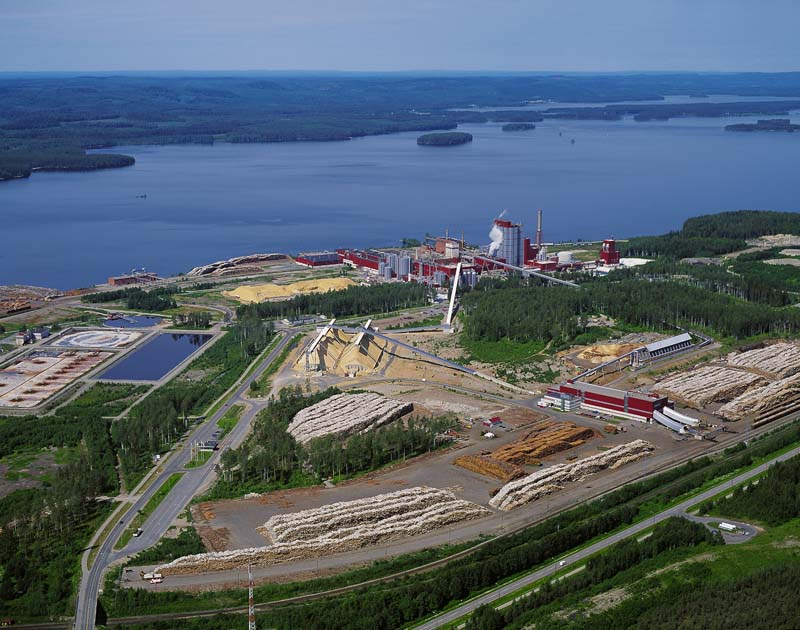Forest industry’s level of investments in Finland is not set to change

An inquiry into industrial investments in Finland contains a surprise: the forest industry’s investments are not increasing despite having decreased in the past few years. The most extensive investment plans are not, however, included in the figures because final decisions have not yet been taken.
The forest industry’s investments in Finland clearly decreased in 2014 from the previous year, down to EUR 573 million or by more than 13 percent. For this year, only a slight increase of 1.8 percent to EUR 584 million is predicted.
According to the investments inquiry by the Confederation of Finnish Industries, the forest industry has lost its position as the largest investor among the branches of industry in Finland. The largest investor this year appears to be the chemical industry with the sum of EUR 1,041 million.
The second largest is the machinery and metal products industry with EUR 717 million. The third place is held by the food industry with EUR 616 million, and the forest industry only comes as the fourth.
On the basis of this inquiry, the forest industry would not be the industry branch to shoulder the main responsibility for creating the promised 100,000 new jobs in Finnish bioeconomy. Instead, a considerable share of the chemical industry’s investments could obviously be considered as bioeconomy, and this is even more true for the food industry.
On the other hand, a significant 49 percent of the forest industry’s investments this year is geared to creating new capacity. For the food industry this figure is 38 and for the chemical industry 29 percent.
A share of 23 percent, respectively, is used for capacity replacement and rationalisation in the forest industry this year, while the corresponding figure in the food industry is 29 percent for both and in the chemical industry, 55 and 13 percent respectively.
Forest industry’s investments will increase
The most talked-about investment plans are not necessarily included in these figures. “Companies normally only inform us about investment plans that have been formally adopted,” says Mr. Penna Urrila, leading economist at the Confederation of Finnish Industries.
For example, the planned EUR 1,000,000 investment in a pulp mill by the Metsä Group in central Finland is not included in these figures. On the other hand, even if it had been included, large investments like this are normally spread across several years.
In general, Finnish industries do not invest enough in order to keep their production facilities in good shape.
In 2014, the number of employees of the Finnish forest industries in Finland decreased by only 0.6 percent from the previous year, while the corresponding figure for their operations in other countries was 1.0 percent. As for other branches of industry, the figure was higher and especially so in the chemical industry, and this also reveals something about the purpose of the investments. As regards the Finnish industries in general, the decrease in the number of employees in Finland was 3.6 and in other countries, 7.6 percent.
Among the factors affecting the investments by the forest industry, predicted demand was clearly the most significant. Estimates on the effect of financing and predicted profit varied: the share of respondents saying they had a significant effect was about the same as of those saying they had little effect.
Regardless of which indicator we look at, the inquiry achieved the widest coverage in the forest industry. The share of responding forest industry companies was 62 percent of the total number. The share of employees of the responding companies was 90 percent of the branch total, as was their share of the total turnover in the branch.
Confederation of Finnish Industries
Kirjoita kommentti